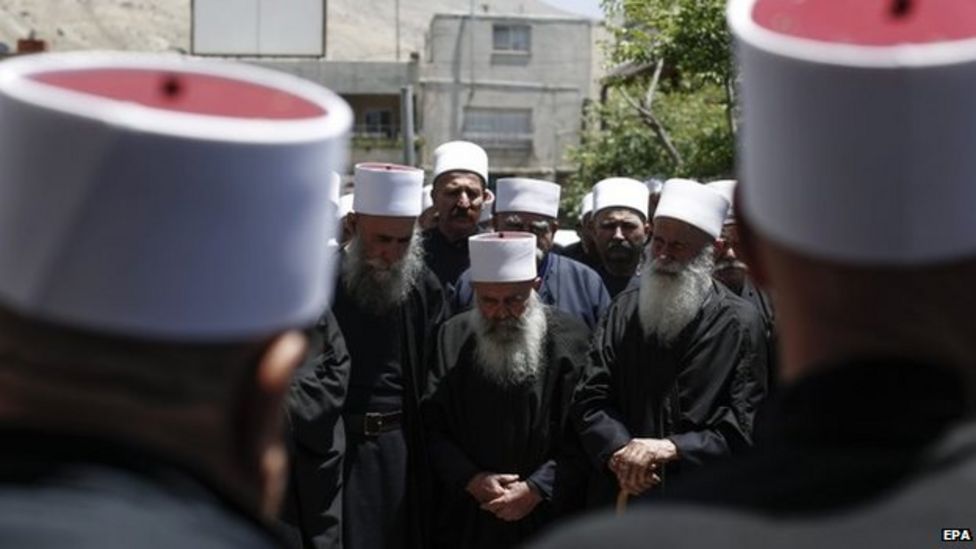The Druze community is primarily concentrated in the mountainous regions of the Levant, a historical and geographical area encompassing parts of Lebanon, Syria, Israel (Palestinian Territory), and Jordan. Lebanon is often considered the heartland of the Druze community, and the Chouf Mountains, specifically, have been a significant historical stronghold. Druze villages in Lebanon, such as Baakleen, Moukhtara, and Deir el-Qamar, have played central roles in the cultural and religious life of the community.
In Syria, the Druze are primarily found in the southern regions, including the Jabal al-Druze mountain range. The city of Suwayda is a major center for the Druze population in Syria. In Israel (Palestinian Territory), the Druze have a significant presence, with communities in the Galilee, Mount Carmel, and the Golan Heights. The city of Daliyat al-Karmel, situated on Mount Carmel, is home to a large Druze population.
Beyond the Middle East, the Druze diaspora has led to communities in various countries, including the United States, Canada, Australia, and Latin America. However, the majority of the Druze population resides in the traditional areas of the Levant, where their historical roots and cultural practices are deeply embedded in the landscape.

Druze Sheikhs – Credits to bbc.com
Despite their widespread diaspora, the Druze community remains closely connected to its ancestral homelands, and their cultural and religious practices continue to be influenced by the distinctive landscapes and historical regions of the Levant. The dispersion of the Druze across different countries has contributed to the diversity of their experiences and adaptations to varying cultural contexts.
